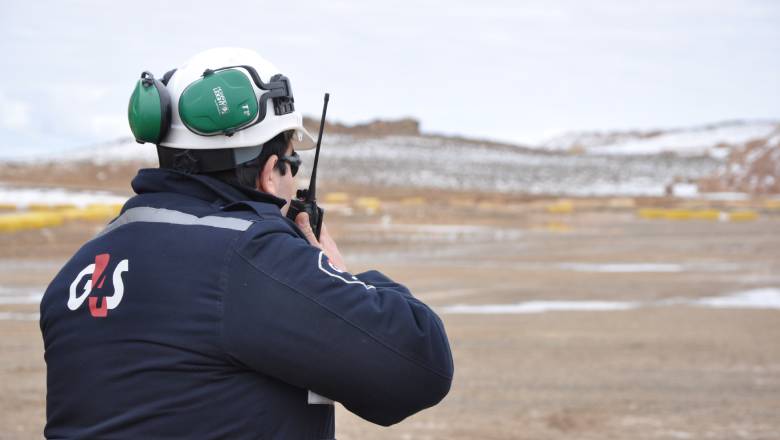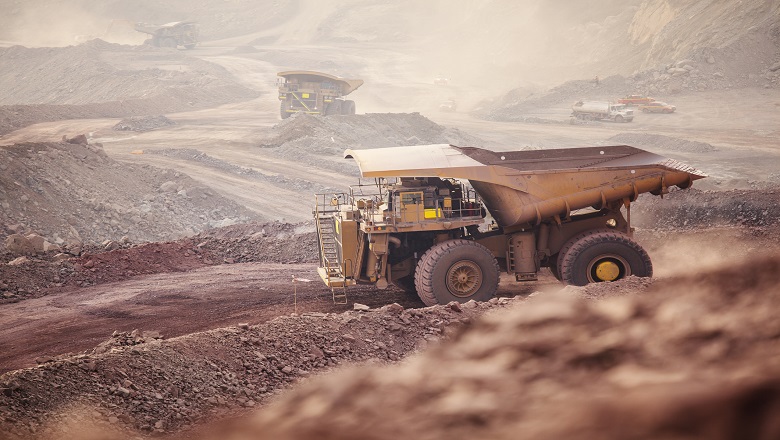
Zama zamas are just the tip of the criminal polycrisis in mining

A few weeks ago the inquest into the 2016 Lily Mine disaster concluded that the failure to combat illegal mining in the area contributed to the collapse of the mine, in which three people were killed.
*This opinion article was first published exclusively in Business Day on 28 November 2023
In July 2023 protests and violence erupted in Riverlea and the neighbouring Zamimpilo informal settlement as communities demanded that police remove illegal miners and shut down their operations. This was after the bodies of five illegal miners were discovered, apparently linked to battles between rival groups.
In response, police conducted a series of raids that led to a large number of arrests and the seizure of mining equipment. This resulted in a reported decrease in criminal activity in the area.
The challenge is that illegal mining, both at existing mining operations and at derelict and seemingly ownerless mines and dumps, is a co-ordinated and professional enterprise. According to the Minerals Council SA these illicit activities feed into the black market trade in precious metals and diamonds run by five tiers of well-resourced syndicates. They also create a lucrative secondary informal syndicate market supplying other illicit commodities, including food, liquor and prostitution.
Data from the World Security Report, which incorporated research conducted by G4S with chief security officers from large, global companies, suggests this crisis is only going to get worse. Theft of physical property is expected to rise sharply over the coming year in SA, with 27% of respondents expecting to experience this, up from 16% the previous year. The report predicts that economic unrest will be the second-biggest driver of security threats over the coming year as financial pressures bite.
This is a clear warning sign of a deepening crisis as syndicates target and exploit those in desperate circumstances — usually economic migrants from neighbouring countries such as Lesotho and Zimbabwe — to risk life and limb on their behalf. Because they serve organised crime bosses, the miners taking these risks do not often realise the real value of their efforts as the crime bosses take the bulk of the profits.
While many of these illegal miners operate at surface level, others endure horrendous, unsafe conditions living underground for weeks at a time, surviving on sparse rations of food and water. They will often not be fully aware of the dire situation they are getting themselves into at the outset and will, in effect, be trapped underground until the syndicates deem it absolutely necessary to pull them out.
Since Riverlea we have seen a more proactive and co-ordinated response from law enforcement, and these actions have resulted in numerous arrests across the country and the seizure of illegal weapons and equipment. In August the SA Police Service (SAPS) announced that the Hawks had established three special task forces to track down the local and international masterminds behind illegal mining.
While these interventions are both necessary and welcome, it is not just illegal mining that poses a threat to SA’s mining sector and surrounding communities.
There are five other crime-related issues threatening the sector: organised armed attacks on mines and precious metals facilities by gangs linked to organised crime and even globally connected syndicates; product and infrastructure theft on mines and of materials in transit; community unrest and operational disruptions; the effect of corruption and coercion relating to procurement, known as the procurement mafia; and the opportunity cost of infrastructure downtime related to criminal behaviour.
While each requires different, specific interventions, solving them demands an ongoing, collaborative effort from law enforcement, the government, mining houses, private security companies and communities.
The challenges in developing this combined response are numerous. Despite the recent successes, SA’s law enforcement agencies face ongoing constraints, with understaffed and under-resourced police stations and units. As a result, police are forced to operate on a reactive basis, rather than with the sustained, proactive crime intelligence-based investigations needed to tackle well-resourced organised crime syndicates.
This is compounded by gaps in existing legislation to combat illegal mining effectively. Serious crimes are often prosecuted as misdemeanours such as trespassing, which carry an insignificant penalty. There have been few arrests of powerful figures in the criminal syndicates. Indeed, the rewards are so high, and the likelihood of prosecution in any form so low, that the prospect of arrest offers little or no deterrence.
Furthermore, the scale and violent nature of the crime is a serious challenge. Mining houses have reported attacks on their mines by large groups of heavily armed assailants who have engaged in gun battles with security officers at the mines. These attacks are well planned, targeted, organised and executed in a professional military fashion, with the attackers often carrying AK47, R4 and R5 assault rifles.
Product theft is widespread and growing, with criminals attacking container depots such as City Deep armed with assault rifles. They also tamper with railway lines, forcing the trains to stop for longer periods, allowing for the theft of chrome and coal, as well as targeting trucks at night.
What is often referred to as the procurement mafia in the construction sector is also present in mining. When companies refuse to deal with these unlawful business forums, unlawful protest actions often ensue.
An integrated proactive risk management solution is needed to manage these complex challenges, and many mining houses use private security services that offer a combination of high-spec technology and on-the-ground security professionals.
Given that mine perimeters are often vast and illegal miners or robbers are usually heavily armed, the private security firms need to use a multipronged strategy, at the centre of which is technology, much of which is developed in SA for the country’s unique circumstances.
This includes electronic surveillance and drones to monitor the perimeter, which act as a “first responder”, allowing security management to assess the risk and deploy an appropriate response that places protection of human life at the forefront of any reaction.
Technology is also essential to managing people processes at mines, where access control management systems are integral to security but can also be used to ensure accuracy in health, safety and payroll management.
The Minerals Council has a long-established standing committee on security, which provides a platform for high-level strategic discussion about vital security issues. The council also engages in strategic forums with the police at national and member level, and has also been advocating for the establishment of a dedicated mining police task force to combat and mitigate the security issues affecting the industry.
The challenges facing the sector are substantial, and only by working together and deploying the right people, processes, intelligence and technology will inroads be made that allow SA mines to operate freely. Most importantly, this will also liberate communities from the violence, intimidation and terror that criminal syndicates inflict on them.

